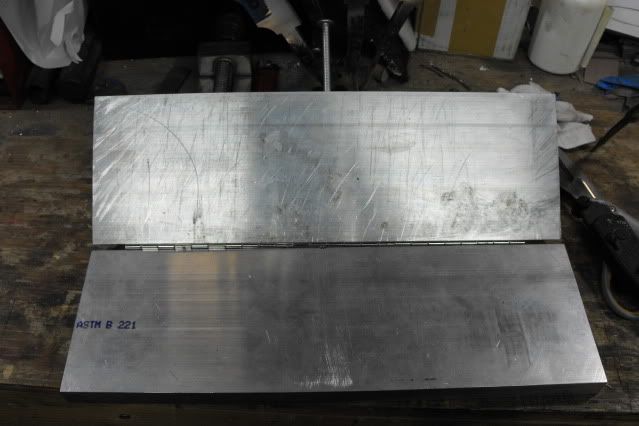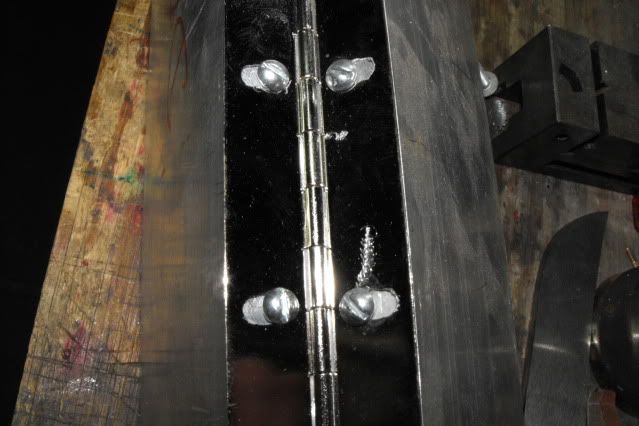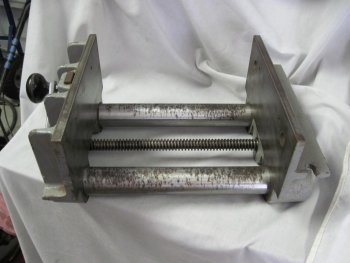theWeatherman
Well-Known Member
So I have been thinking about getting some quench plates out of aluminum. I was wondering if you guys had any suggestions on the sizes? I don't want to get a small set for like $60 and then wish I got bigger, so I hope to hear about the little wishes and wants from you guys before I buy some.
I assume that the entire knife needs to be in the plates and not jus the blade, so it has to be bigger than the knives I make.
-Brian-
I assume that the entire knife needs to be in the plates and not jus the blade, so it has to be bigger than the knives I make.
-Brian-





